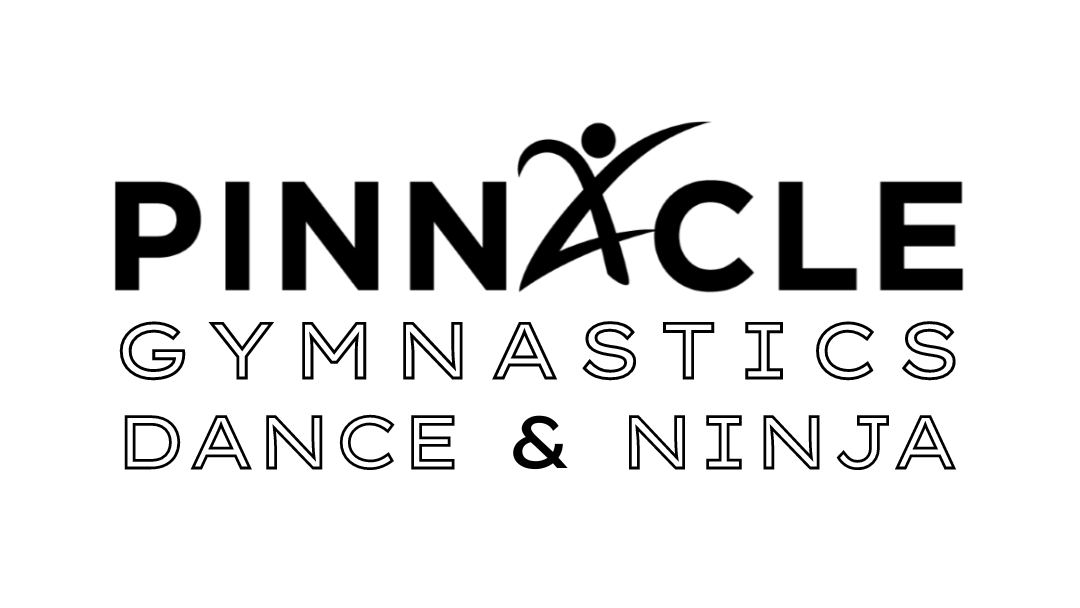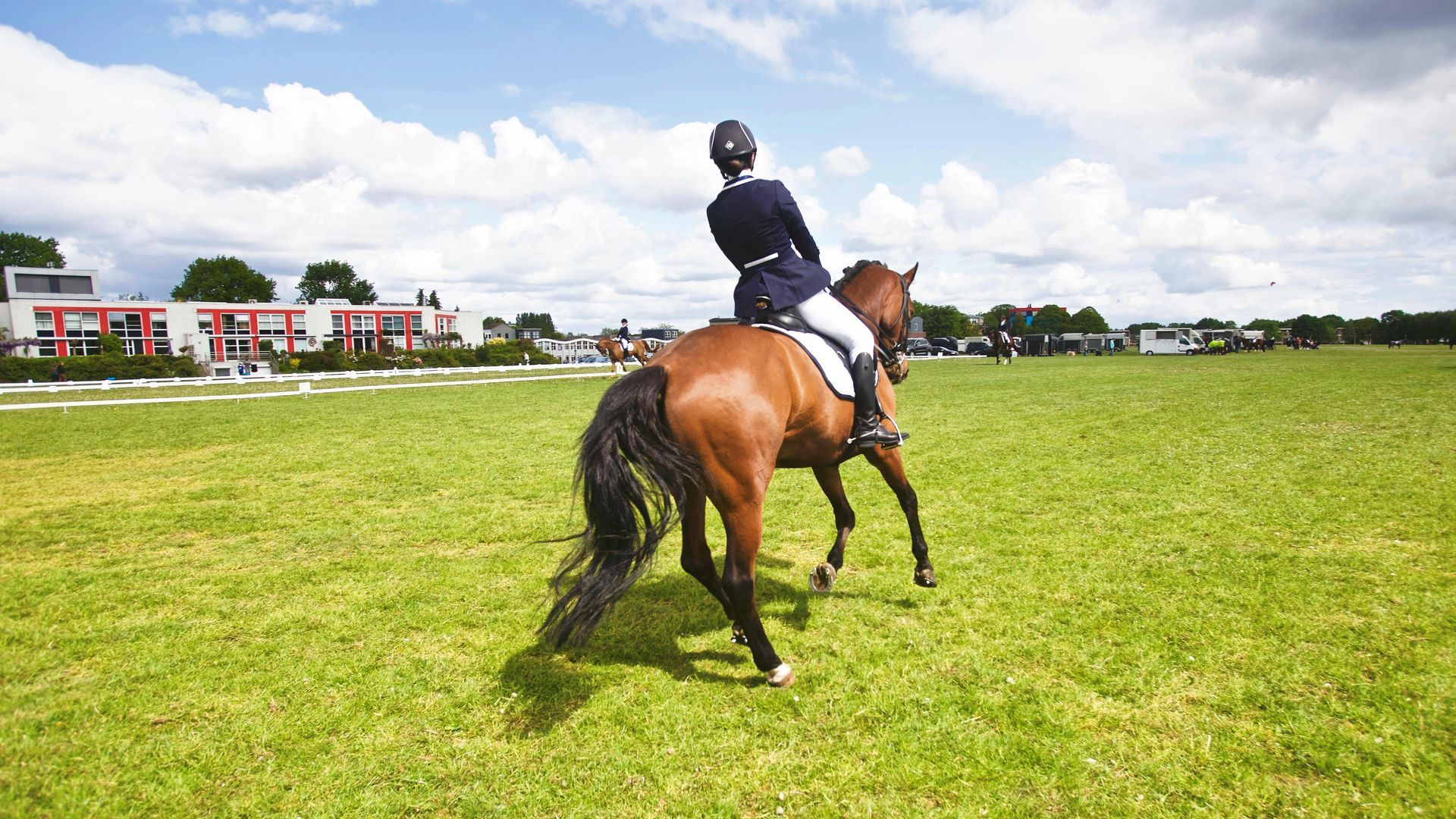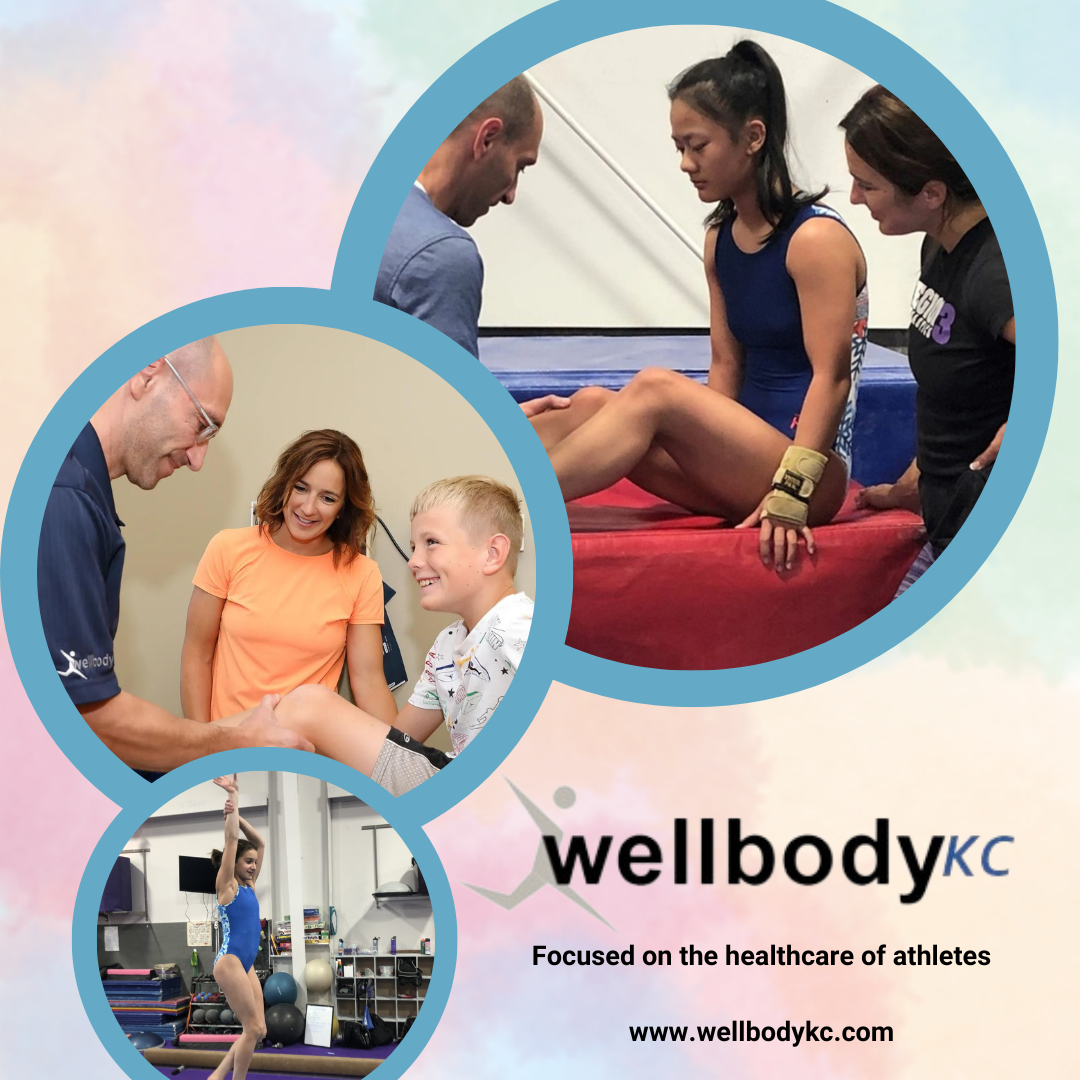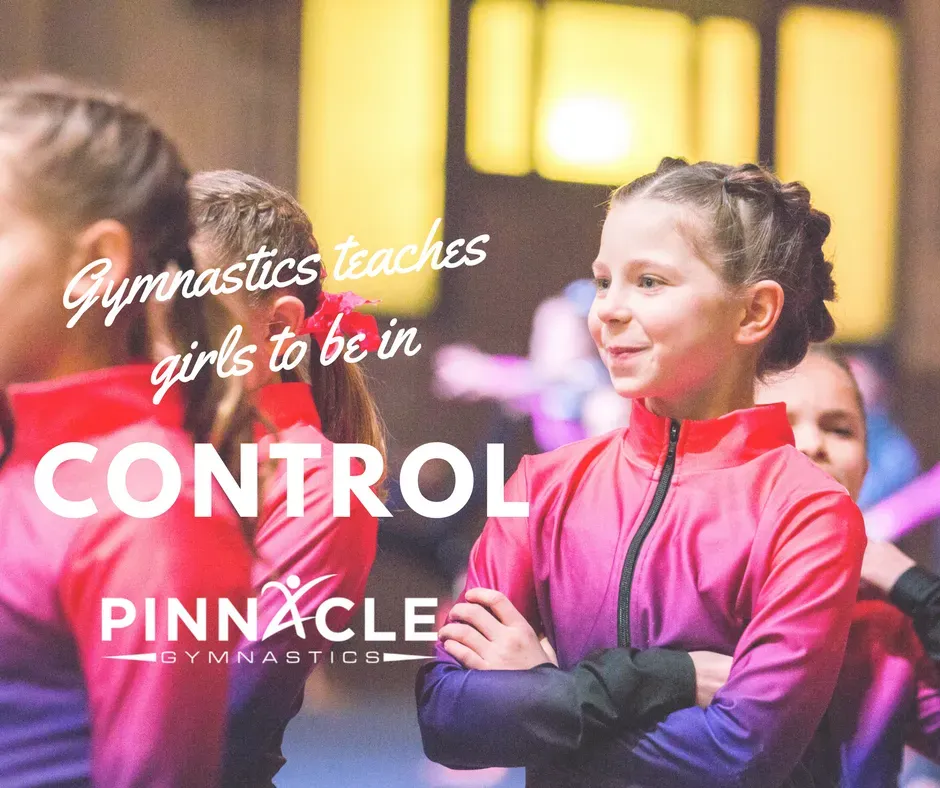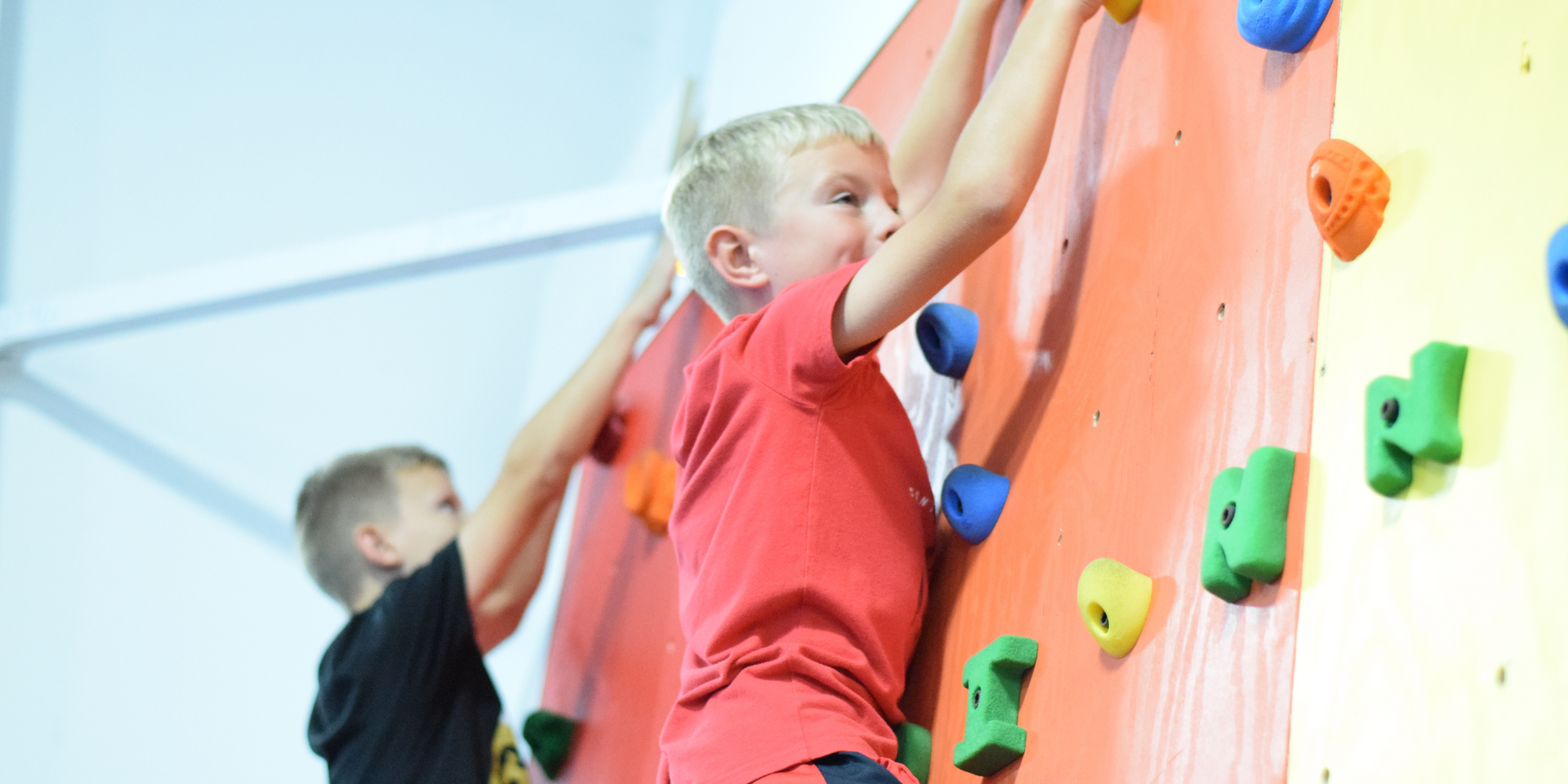Gymnastics Skill Requirments
Gymnastics is a sport that requires a unique combination of strength, flexibility, coordination, and mental focus. Whether you're a beginner just starting out or an advanced gymnast aiming for mastery, understanding the skill requirements at each level is essential for progress. Gymnastics is not just about performing difficult moves; it’s about developing a foundational skill set that builds on itself over time. In this blog, we’ll take a deeper look at the essential skill requirements in gymnastics, exploring how they progress, how equipment can support development, and the importance of structured lesson plans.
Gymnastics Skill Requirements: What It Takes to Succeed
1. Progressive Development of Skills
One of the key principles of gymnastics is progression. Skill requirements should start with basic movements and gradually evolve into more complex and challenging exercises. This progression allows gymnasts to develop a strong foundation of skills and build their abilities at a pace that is both manageable and effective.
- Beginner to Advanced: At the beginner level, gymnasts focus on foundational movements such as rolling, cartwheeling, and learning proper body alignment. These basic movements prepare the body for more advanced skills that come later, such as back handsprings, aerials, or even full twisting layouts. As gymnasts advance, the skills they learned at a basic level are built upon, refined, and performed in a more challenging way. For example, a horsie kick will evolve into a handstand, which will evolve into a handstand forward roll.
- Breaking Down Skills: Gymnastics is a challenging sport. Learning big skills is normally a progression of learning many smaller pieces before combining them into one larger movement. It is important for a gymnastics studio to break down skills into beginning, middle, and end to teach students each part of the skill.
By following a progressive path, gymnasts can avoid injury, build confidence, and develop the skills they need to succeed at higher levels of the sport.
2. Equipment-Specific Skill Requirements
In recreational gymnastics, especially for younger or beginner athletes, the right equipment is critical to safely developing skills. Various types of mats and apparatuses can provide extra support and ensure proper technique while gymnasts are still learning the basics.
- Matting and Support: At the beginner and intermediate levels, using age appropriate equipment such as wedge mats, panel mats, and octagon mats can make a significant difference in a gymnast's development. For example, a wedge mat can assist in teaching basic movements like handstands or backbends by providing a gentle incline, helping gymnasts learn to balance without the risk of falling. Appropriate matting allows students in the program to progress safely while minimizing fear.
- Equipment for Safety: Skills should progress through different pieces of equipment and/or matting. For example, starting on a low beam to learn backwards walks, and then progressing to a higher beam. Your gymnastics studio should have a variety of equipment in all shapes and sizes to match the needs of each age group.
Using equipment to support skill development is essential in creating a safe and effective learning environment. It also allows gymnasts to experience the motions and positions they will need without the fear of injury.
3. Realistic Skill Requirements
Gymnastics is an incredibly challenging sport that requires not only physical strength but also a great deal of technical precision. Mastering even the most basic movements takes time, repetition, and mental focus. It’s important to break skills down into smaller, manageable components to ensure that athletes develop at a pace that suits their current abilities.
- Breaking Skills into Pieces: Complex skills like back handsprings, cartwheels, or vaulting require a combination of strength, speed, and body awareness. Breaking these skills down into smaller pieces—such as learning to kick into a handstand, or practicing a bridge before advancing to a kickover—ensures that gymnasts can gradually build their strength, coordination, and confidence.
- Patience and Persistence: Mastering a gymnastics skill doesn’t happen overnight, and it often requires a significant amount of practice. Repetition is key to making these complex movements feel natural. Understanding that gymnastics requires hard work and patience can help athletes stay motivated as they move through the levels at their own pace.
The importance of realistic skill requirements cannot be overstated—by building on existing abilities and focusing on incremental improvements, gymnasts can avoid burnout and move up the ranks safely and effectively.
4. The Importance of Lesson Plans
Skill requirements should be incorporated into a well-structured lesson plan to ensure that athletes are working on the right skills at the right time. Lesson plans aren’t just for experienced coaches—they are essential tools for tracking a gymnast’s progress, identifying areas of improvement, and ensuring that all aspects of their development are covered.
- Easy to read - staff should be able to determine the set up of mats and equipment as well as dictate the appropriate drill at each station for each level
- Visual - the use of pictures helps staff and athletes understand how equipment should be set up
- Planned - lesson plans are not created on the fly. They are a series of well thought out progressions leading to the mastery of skill requirements over time.
- Evaluated - at the end of each cycle, evaluate lesson plans for their safety, how well they worked, and how they can be improved the next time around
Lesson plans provide structure, accountability, and a clear path for athletes to follow, which is essential for successful skill development in gymnastics.
Gymnastics is a sport that requires a balanced combination of physical skill, mental resilience, and structured learning. Skill development must be approached progressively, with each level building on the last, ensuring that athletes are able to safely master more complex movements over time. The right equipment, realistic expectations, and detailed lesson plans all play a significant role in helping gymnasts progress effectively. Whether you're working through beginner-level cartwheels or preparing for advanced tumbling passes, mastering the fundamental skills of gymnastics will lay a solid foundation for both personal growth and achievement in the sport.
